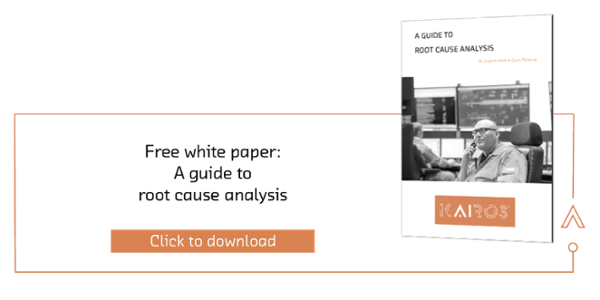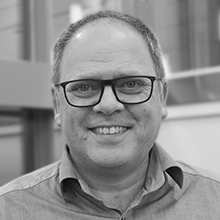Process industries are using various techniques to identify and prevent hazards. There are several different approaches to hazard identification. The many available techniques of performing hazard identifications have various features and may fit all the phases of a development project at their defined milestones.
HAZOPs are best suited for those project development phases where the design has reached certain maturity and is generally not used during early concept and at process design phases. As results from HAZOP studies normally call for some design changes, the challenge is to find a balance where there are sufficient design details available and before the cost impact of changes becomes too high.
A common scenario is to run a HAZOP for each phase of a development project:
- Concept
- FEED (front end engineering and design)
- Start-up HAZOP
During the operation of a plant there is a continuous learning about how to operate best and different shortcomings in the design will become visible. As a part, different failure modes will be encountered, and the operations team often improves operational procedures and maintenance programs to ensure a safe and cost-efficient operation. Process changes and improvements are also continuously being implemented.
After a few years, a re-HAZOP is needed to ensure that the updated design and operation is still safe. There is a common practice of conducting re-HAZOPs every 5 years, but this may vary within different industries and sites/companies. There are also examples of doing re-HAZOPs after major incidents in the plant, to ensure the operation still is safe. Major modifications to the plant may also trigger a full new HAZOP.
Cost of a (re)HAZOP
The factors determining the cost of a HAZOP are generally the complexity, completeness, and availability of documentation of the systems being examined. Recording deviations only saves some time but does not give a complete HAZOP report. Most HAZOPs are organized by breaking the plant down into systems and systems further into different nodes. For offshore installations, there is an established standardized system breakdown procedure, where some of the complex systems may take 2-5 days to examine, while simpler systems could take 1-2 days. One way of estimating the work effort is counting an average number of P&IDs covered in one day. Again, the complexity varies but 5-8 P&IDs a day can be a typically feasible number.
The direct cost covers the required expertise (from defined disciplines) multiplied with the time required to prepare, in addition to the time used in the HAZOP workshops and finally the report write-up.
Most HAZOPs are being led by a HAZOP lead and a HAZOP scribe. The complete team required for the HAZOP workshops will generally be:
- Operational process lead
- Instrument and control
- Process safety
- Operator(s)
- HAZOP lead
- HAZOP scribe
If the HAZOP is covering design or startup, representatives covering process, instrument, and technical safety from the design team will also be present. I.e., the number of people may be in the range to a total of 8-15.
If we use the above assessments, the cost can roughly be estimated to NOK 100 000 for a process node. The study work for a medium complex facility offshore will typically cost 5 MNOK and a medium offshore field development will typically be in the range of 20 MNOK for the development phase. The re-HAZOP’s will require less preparation and typically be around 10-40% of initial cost. All these figures are based on interview feedback and the purpose of presenting the figures is to raise the awareness of the costs. It is important to realise that these safety studies are not something we can decide not to do, as the cost and consequences of accidents are far higher.
The hidden cost
The considerations above do not take into account the time needed to close the findings or actions from the study results. This can be time consuming, and traceability is vital. Sadly enough, it is easy to find examples of actions being closed without being completed.
One other hidden cost is the implication by taking the best people out of the daily operation to participate in HAZOP workshops. This is obviously needed but can generate a big challenge for the operational or engineering teams.
Appointing a strong HAZOP lead and scribe is key factor to a useful and successful HAZOP as keeping the level of details correct is vital. Otherwise, useless time will be spent on closing nonessential findings. Steering the discussions into what is relevant is also key to the results. It is easy to formulate an irrelevant question that is difficult to close in the meeting but will require follow up work. Record what is relevant and nothing more.
Opportunity changing the way HAZOPs are performed
The future HAZOPs can be improved and streamlined. The development of digital twins can allow use of new tools and supporting automated work-processes that can be an enabler for more efficient HAZOPs. The use of AI-based explainable digital twins based on qualitative physics where operational procedures are stored, failure modes captured, and learning points documented will disrupt the HAZOP process. If parts of the work-processes are automated, the time spent on a HAZOP will be used to cover complex scenarios leading to an increased quality of the HAZOPs. Capturing all the knowledge and work in a digitalized process twin solution allows for an always updated HAZOP available.
For an excellent list of hazards identification techniques, we recommend report HSL/2005/58.








